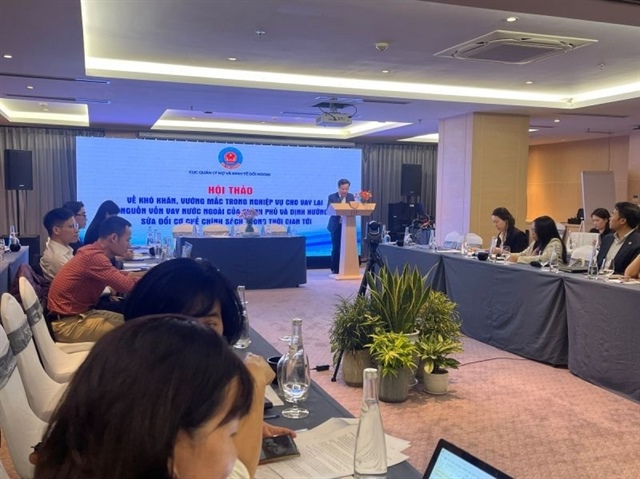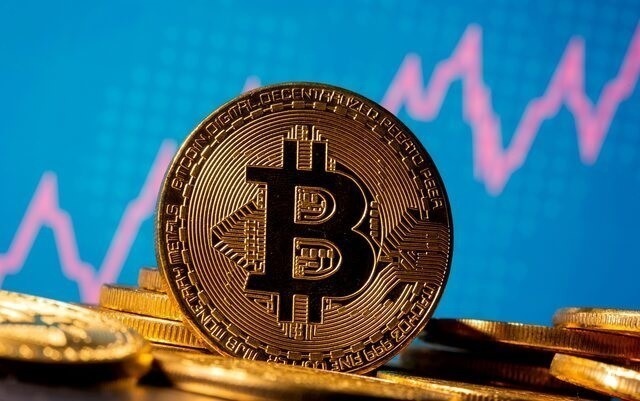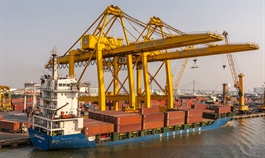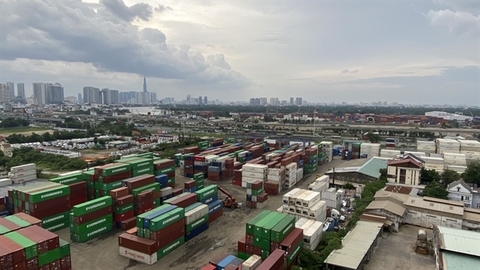Is Vietnam’s economy recovering from COVID-19? Ask female entrepreneurs
Is Vietnam’s economy recovering from COVID-19? Ask female entrepreneurs
Vietnam’s GDP grew 2.91 per cent in 2020 and, although lower than in recent years, it is a significant achievement considering many countries in the region are in economic freefall.

By Donald Lambert-Principal private sector development specialist Asian Development Bank
|
Policymakers, however, must consider if the economy needs further stimulus. Based on conventional measures, probably not. The economy is expected to bounce back strongly in 2021 with the Asian Development Bank (ADB) forecasting an expansion of 6.1 per cent, which is broadly comparable to Vietnam’s recent growth rates. With the General Statistics Office reporting unemployment at 2.5 per cent as of September 2020, the labour market seems strong.
Traditional metrics like GDP and unemployment, however, may overlook and even contribute to inequalities. If the overall picture is strong, then governments may elect to forego additional support even though certain groups may be lost in the statistical shuffle. In response, some economists have proposed more targeted metrics to measure recovery. For example, there are calls for the Federal Reserve in the US to consider the unemployment rate of black Americans as opposed to the general unemployment rate when setting monetary policy. Basing economic monetary and fiscal policy on the most economically vulnerable has the potential to address systematic inequalities, but how could the concept be imported to a middle-income country like Vietnam?
Ask women. More specifically, ask women who own small- and medium-sized enterprises (SMEs).
Let’s break the idea into its constituent components beginning with five reasons for focusing on small businesses during a recovery. Firstly, these businesses represent an important block of the economy. Including micro enterprises, they account for 98 per cent of all businesses and around half of all jobs. Secondly, SMEs can play a critical role in recovery. In low- and middle-income countries, they are generally the most responsible for job creation.
Thirdly, unlike micro firms, they have already achieved a modicum of scale and so have the potential to be more economically efficient.
Fourth, small businesses can drive innovation, often having greater flexibility to pivot than less nimble, larger enterprises. This can help Vietnam to avoid the infamous “middle income trap.” Finally, SMEs are particularly vulnerable to economic crises. They lack the financial resources of larger enterprises, and their access to finance is constrained.
This crisis is no exception. During the first half of 2020, over 29,000 enterprises suspended their operations - a 38 per cent year-on-year increase, and whereas lending in Vietnam increased lending 2.1 per cent from the start of 2020 through to mid-June, lending to SMEs declined 0.7 per cent over the same period.
Now within the broader universe of SMEs, female-owned enterprises are even more vulnerable because they have more difficulty in accessing finance. An International Finance Corporation report identified in 2017 that small businesses in Vietnam owned by women face a $1.2-billion financing gap, and that 37 per cent of these businesses had borrowed from a bank in the past two years, which was significantly lower than 47 per cent of SMEs owned by men.
Similarly, a 2019 study from the Vietnam Chamber of Commerce and Industry found women-owned small businesses have, on average, loan terms 16 per cent shorter than SMEs owned by men. These trends are likely to compound during a downturn when banks typically become more conservative. These discrepancies are the product of documented biases, both conscious and unconscious.
Moreover, economic policy that follows the fortunes of these firms would benefit not just women but all economic participants. Most obviously, monetary and fiscal policy would have an incentive to look past the headline numbers and consider how the larger statistics on GDP and unemployment are filtering down to the less advantaged. This will create a bias toward greater support during a downturn. Focusing on the health of women-owned businesses would also improve economic resilience. Women are more likely to be in economically vulnerable jobs than men, and with poorer access to finance, and businesses owned by them are at greater risk of bankruptcy because of temporary liquidity issues rather than more serious solvency issues.
Finally, it would lead to better socioeconomic outcomes. By ensuring that capital is equally accessible, it ensures its flows to those businesses with the most potential to generate growth and employment.
Women-owned businesses need more support from banks, especially in financially straitened times like these. This is gradually happening. An ADB grant funded by the Women Entrepreneurs Finance Initiative, for example, incentivises banks to restructure existing loans to such businesses hurt by the COVID-19 pandemic, and to extend loans to first-time borrowers. The grant will be disbursed through Asia Commercial Bank, BIDV, Saigon-Hanoi Bank, Tien Phong Bank, and Vietnam Prosperity Bank - all of which have volunteered for the programme.
Efforts like this will help. But if economic policy benchmarked to female-owned businesses is to become a viable policy tool, better data is required. Economic data in Vietnam is generally not sex-disaggregated. It needs to be, and the ADB is working with the Ministry of Planning and Investment to introduce it for the first time to the 2021 economic census.
Let’s take a major step toward breaking down barriers by making them the criterion by which economic stimulus decisions are set.
























